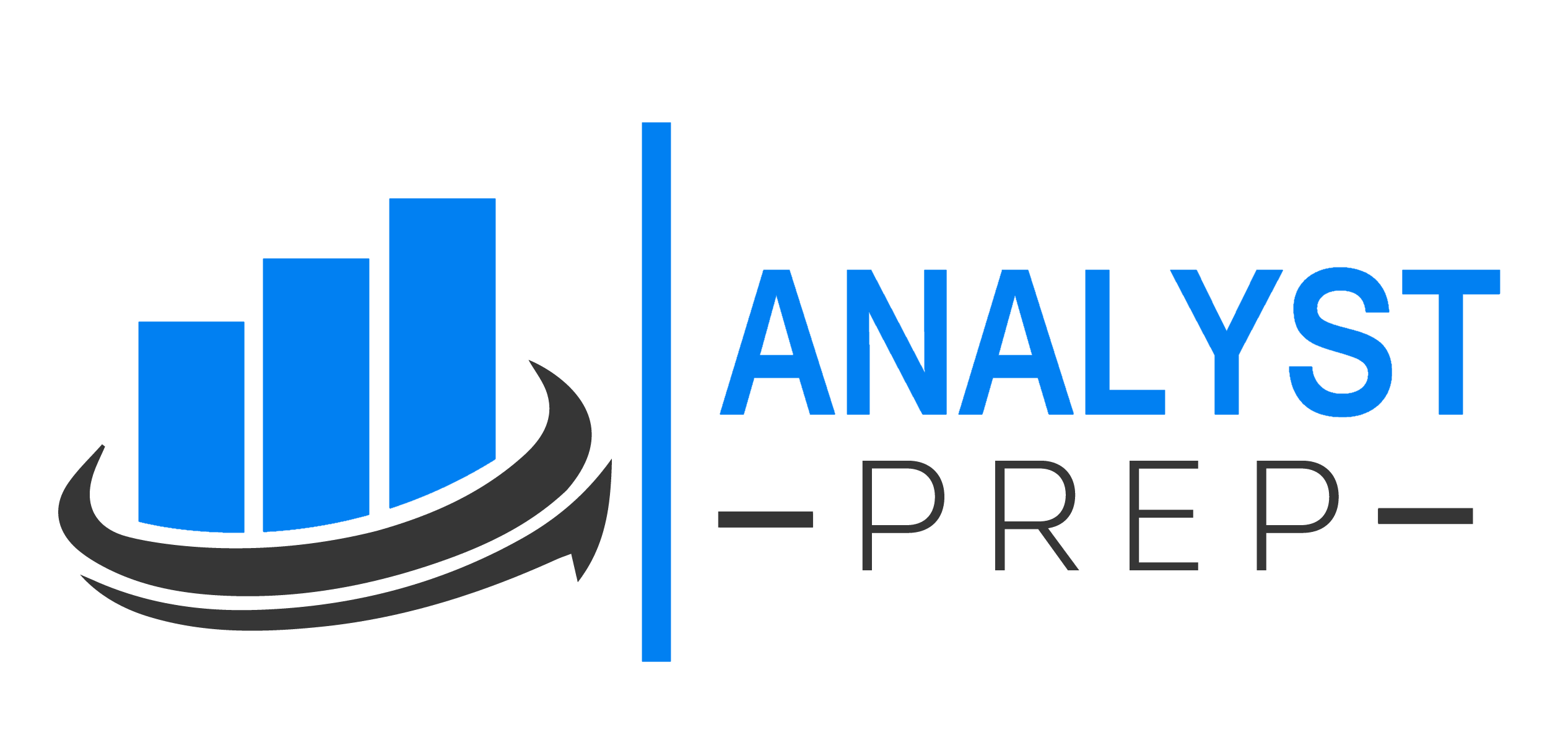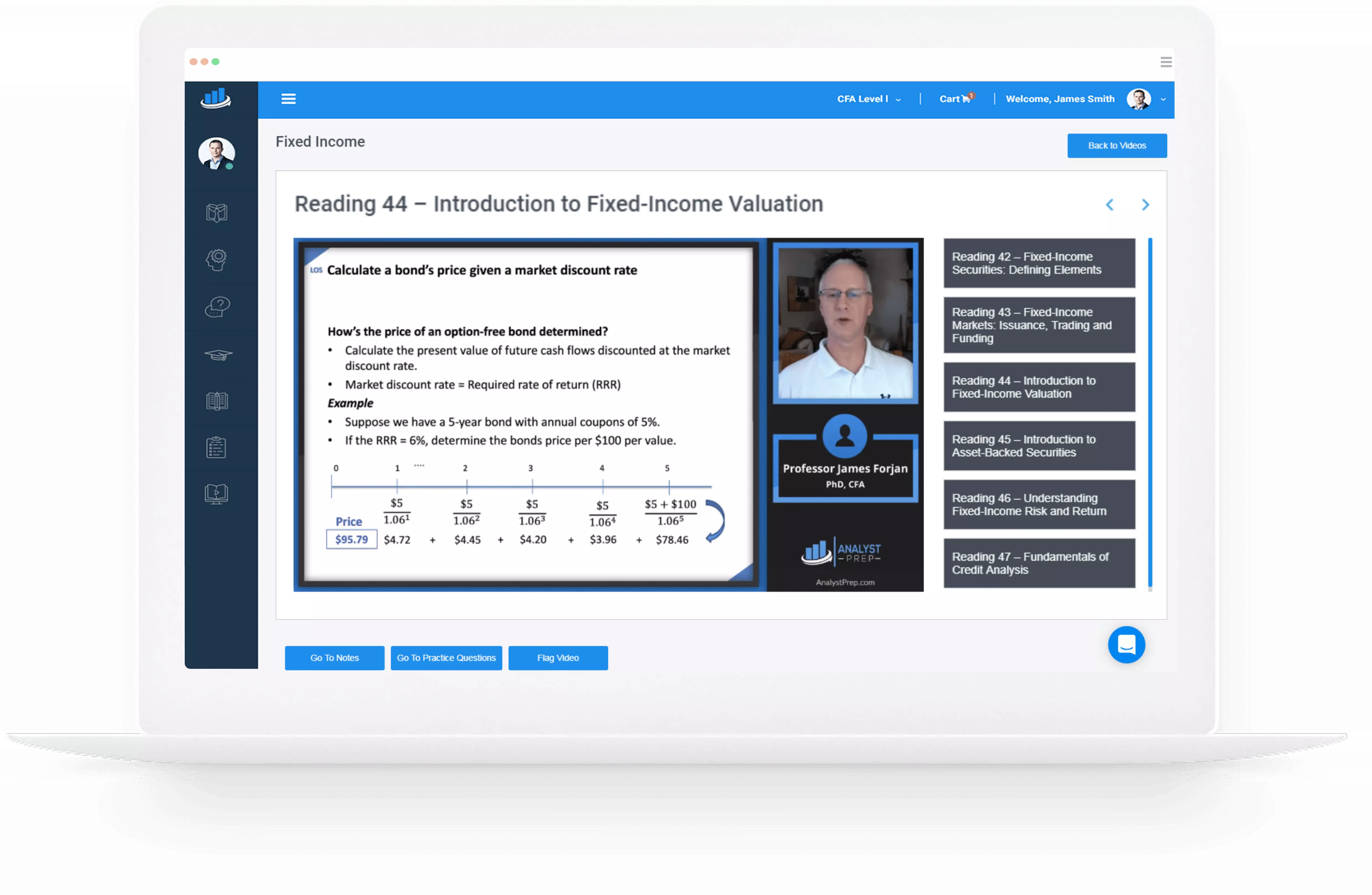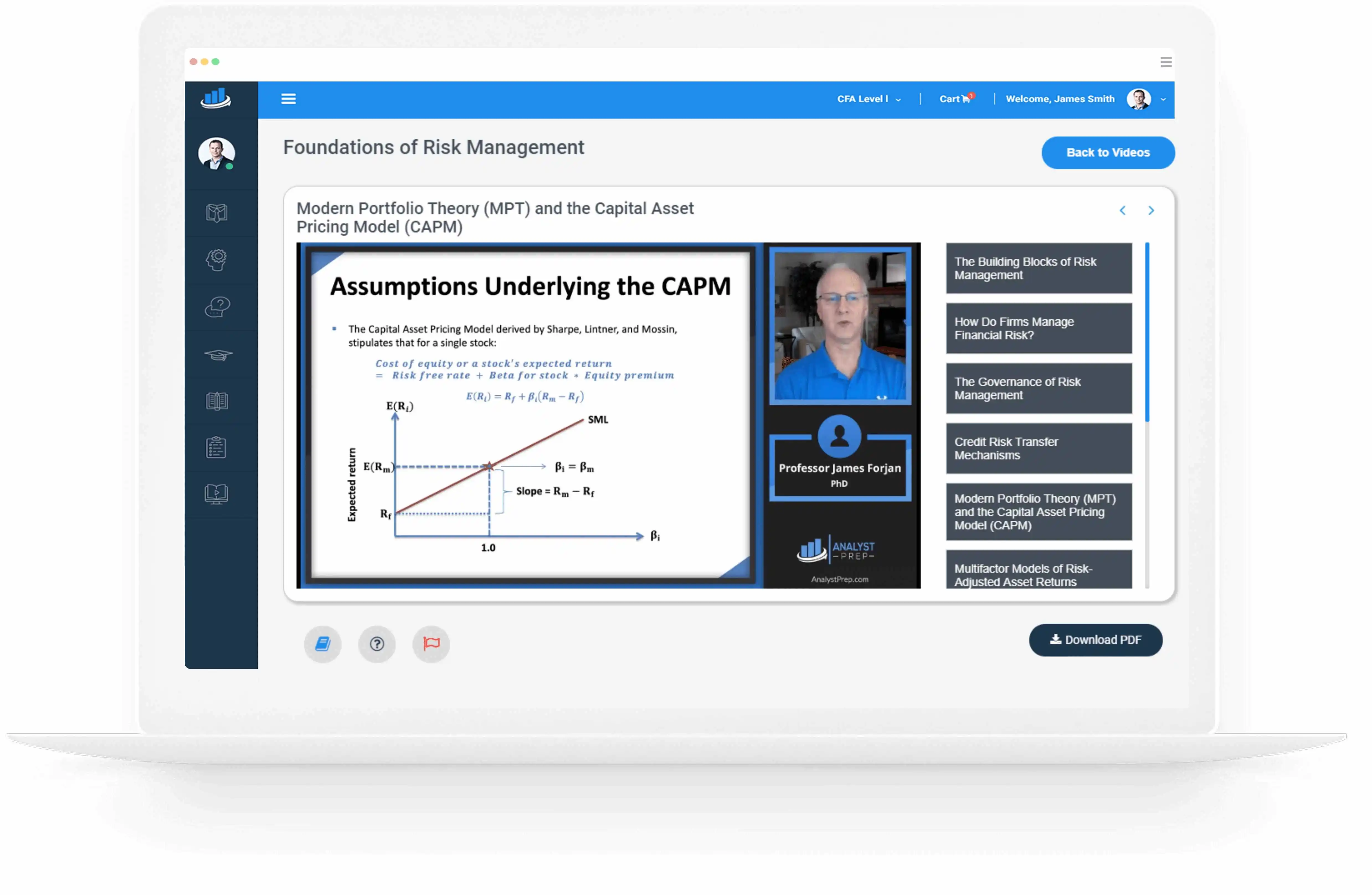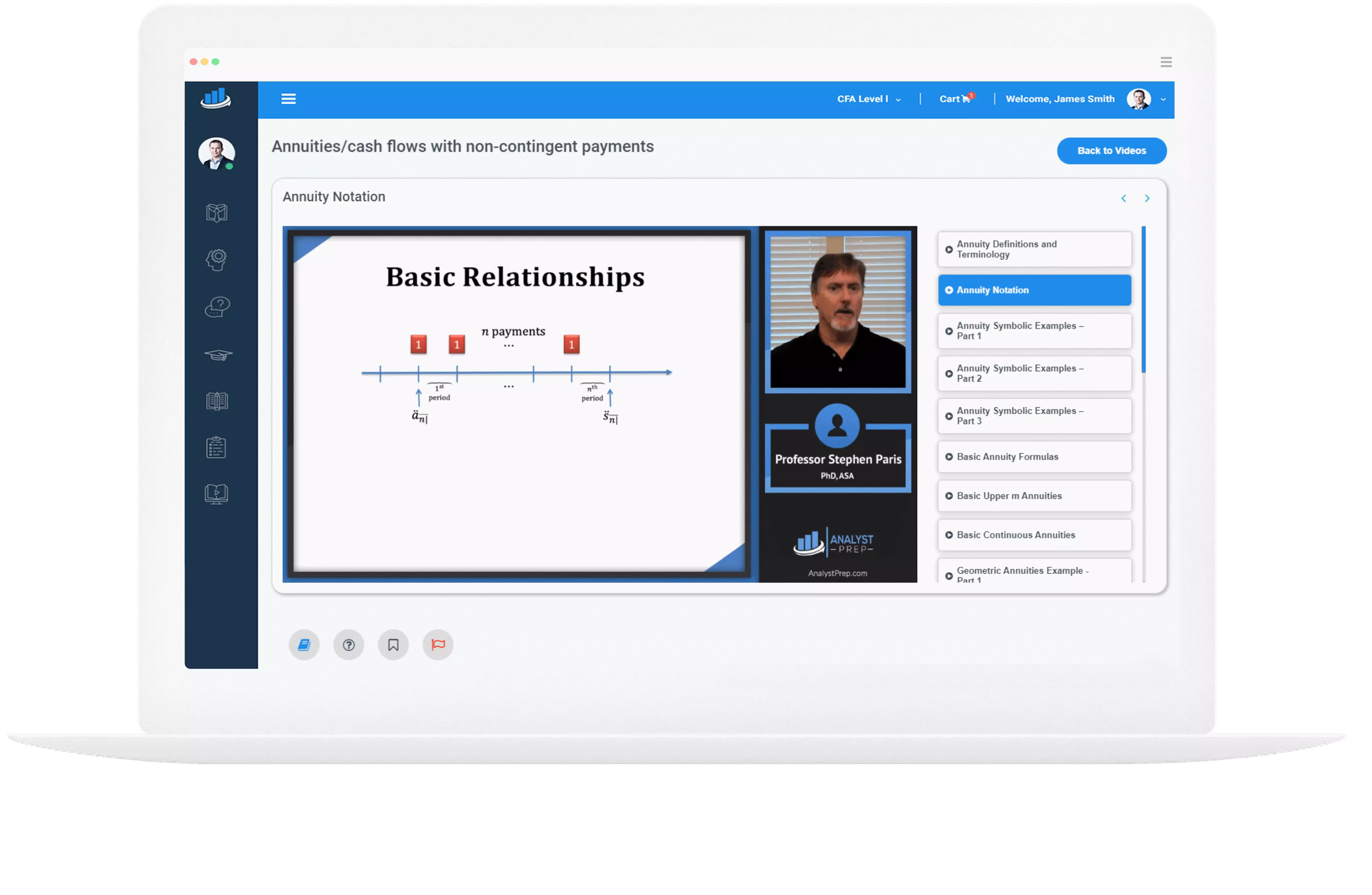Central Clearing
After completing this reading, you should be able to: Provide examples of the mechanics of a central counterparty (CCP). Describe the role of CCPs and distinguish between bilateral and centralized clearing. Describe the advantages and disadvantages of the central clearing…

Using Futures for Hedging
After completing this reading, you should be able to: Define and differentiate between short and long hedges and identify their appropriate uses. Describe the arguments for and against hedging and the potential impact of hedging on firm profitability. Define the…

Insurance Companies and Pension Plans
After completing this reading, you should be able to: Describe the key features of the various categories of insurance companies and identify the risks facing insurance companies. Describe the use of mortality tables and calculate the premium payment for a…
Future Value and Exposure
After completing this reading you should be able to: Describe and calculate the following metrics for credit exposure: expected mark-to-market, expected exposure, potential future exposure, expected positive exposure and negative exposure, effective expected positive exposure, and maximum exposure. Compare the…

Portfolio Performance Evaluation
After completing this reading, you should be able to: Differentiate between time-weighted and dollar-weighted returns of a portfolio and describe their appropriate uses. Describe and distinguish between risk-adjusted performance measures, such as Sharpe’s measure, Treynor’s measure, Jensen’s measure (Jensen’s alpha),…
Common Behavioral Biases
Mnemonic Devices for Easy Recall Cognitive: Use the following mnemonic device to remind yourself of cognitive biases: Con-Con-Con-Rep-Hind + FAMA (think Fama and French). Emotional: To remember emotional biases, use the following mnemonic device: LESSOR (the owner of an…

VaR Mapping
After completing this reading, you should be able to: Explain the principles underlying VaR mapping, and describe the mapping process. Explain how the mapping process captures general and specific risks. Differentiate among the three methods of mapping portfolios of fixed…
Measures of Financial Risk
After completing this reading, you should be able to: Describe the mean-variance framework and an efficient frontier. Compare the normal distribution with the typical distribution of returns of risky financial assets such as equities. Define the VaR measure of risk,…
Risk Capital Attribution and Risk-adjusted Performance Measurement
After completing this reading, you should be able to: Define, compare, and contrast risk capital, economic capital, and regulatory capital, and explain methods and motivations for using economic capital approaches to allocate risk capital. Describe the RAROC (risk-adjusted return on…
Range of Practices and Issues in Economic Capital Frameworks
After completing this reading, you should be able to: Within the economic capital implementation framework, describe the challenges that appear in: Defining and calculating risk measures. Risk aggregation. Validation of models. Dependency modeling in credit risk. Evaluating counterparty credit risk….




